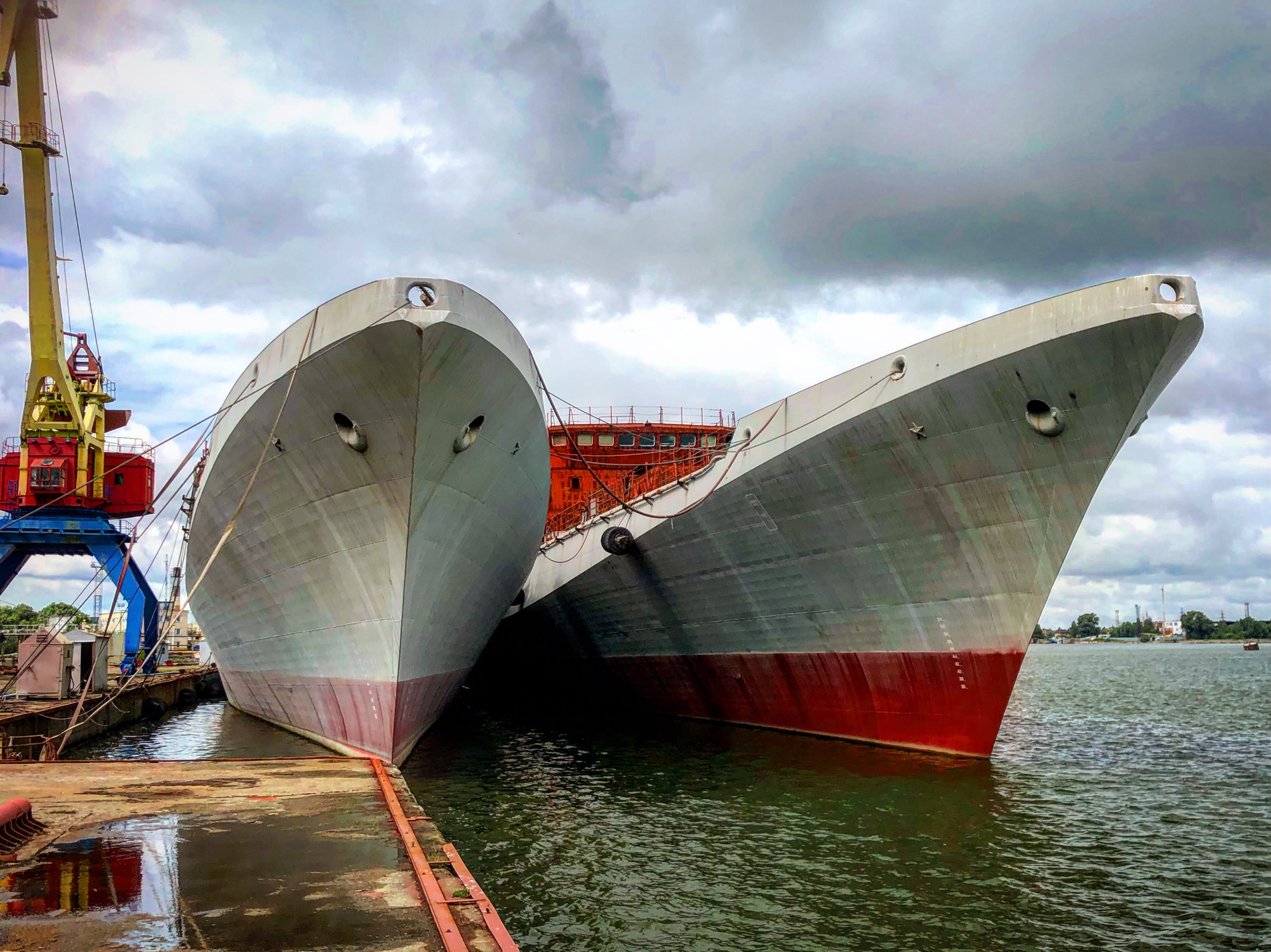SOURCE: RAUNAK KUNDE / NEWS BEAT / IDRW.ORG


The ongoing conflict in Ukraine has cast a shadow over the delivery of two Krivak-class stealth frigates, also known as Talwar-class, which were under construction for the Indian Navy in Russia. According to Alexey Rakhmanov, the Director-General of the United Shipbuilding Corporation of Russia, these frigates are now expected to be delivered by May and October 2024, respectively.
This delay is a further setback to the Indian Navy’s long-standing efforts to bolster its naval capabilities. The story of these frigates is entwined with geopolitical developments that have unfolded over the years.
The journey of these warships began when India sought to procure them after Ukraine refused to supply engines for the Russian Navy’s vessels following Russia’s annexation of Crimea in 2014.
India stepped in to purchase nearly 80% of the warships and decided to build two of them at the Goa Shipyard. This procurement will mark the conclusion of an era, signifying the last warship that the Indian Navy will acquire from Russia, thereby bringing an end to nearly 55 years of a significant defence relationship.
The roots of the Indo-Russian defence collaboration date back to 1968 when the Indian delegation signed agreements to acquire various military assets, including submarines, frigates, patrol boats, landing ships, and missile boats. The prices offered were exceptionally affordable, and this marked the beginning of one of the most enduring country-to-country defence sales relationships.
However, the Indian Navy is now looking to chart a new course. With the delays caused by the Ukraine conflict and the growing need for self-reliance, the focus is shifting towards building capabilities within the country, particularly in the development of marine engines for future warships. This includes collaborating with foreign original equipment manufacturers (OEMs) to obtain technology transfer for engine manufacturing in India and the development of indigenous engine designs.
The war in Ukraine has also disrupted the supply of components for Indian Navy warships powered by Ukrainian-origin marine propulsion systems. To reduce dependence on foreign OEMs for its warship requirements, the Indian Navy is actively working with public sector-owned shipyards to adopt advanced warship-building methods.
This marks a significant shift in India’s defence strategy, emphasizing self-sufficiency and reducing reliance on foreign partners. It also signals the end of the Indo-Russian partnership in the naval sector, as India looks to diversify its sources and develop its capabilities for the future. The delay in the Krivak-class frigates’ delivery is just one part of this broader transformation within India’s naval capabilities.
NOTE : Article cannot be reproduced without written permission of idrw.org in any form even for YouTube Videos to avoid Copy right strikes. Websites doing illegal reproductions will get DCMA and Legal Notices.